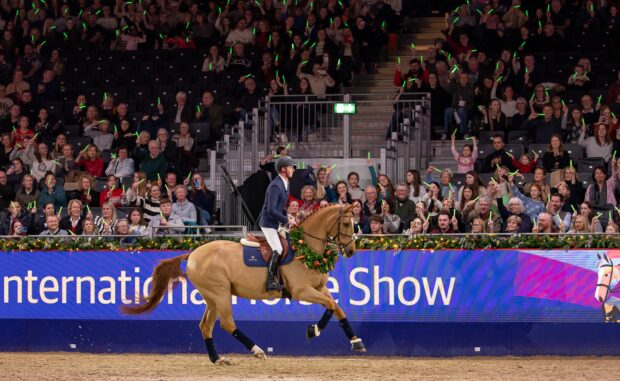Horse owners have been urged to take steps to minimise the likelihood of injury to their vets, whose risk of being hurt at work is greater than that of firefighters.
The British Equine Veterinary Association (BEVA) launches its “Don’t Break Your Vet” campaign today (1 February) to “help owners make life safer for their horses, themselves and their vets”.
The association has created a series of videos featuring vet and equine behaviour specialist Gemma Pearson, who demonstrates techniques for helping calm horses in different situations.
These include working with needle-shy equines to help them accept injections, as well as techniques for helping with clipping, leading and trotting up and clipping.
“Many accidents occur when vets are trying to work with horses who have learnt to avoid examination or treatment,” said BEVA chief executive David Mountford.
“This is dangerous for the vet and the handler, but it also often results in a stressed horse and can increase the time and/or cost of reaching a diagnosis or treating an injury.
“Gemma’s amazing videos show how a little preparation can have a big impact on horse, owner and vet safety.”
A recent paper published in Equine Veterinary Education showed that on average, an equine vet sustains seven to eight work-related injuries in a 30-year career.
Bruising, fractures and cuts to the leg or head were the most commonly reported injuries, with the main cause a kick from a hind leg.
Nearly a quarter of the reported injuries led to hospital admission, while 7% resulted in a loss of consciousness.
Continues below…

New study into injuries sustained by vets
The British Equine Veterinary Association are asking equestrian vets to complete an anonymous survey about injuries sustained during their day-to-day

British vets say bute in competition will lead to ‘catastrophic injuries’
The British Equine Veterinary Association is the latest to wade into the row on bute, saying the FEI's decision is

New pro-hunting president for BEVA
The new president of the British Equine Veterinary Association is Lesley Barwise-Munro, a keen rider and senior racecourse vet who
“Vets should be able to focus on the horse’s injury or illness without worrying about their own, or others’, safety,” said Mr Mountford. “They will be better able to use the right tools and techniques for an accurate diagnosis and treatment if the horse is presented calmly and safely.”
The videos can all be seen on BEVA’s YouTube channel.
Don’t miss this week’s Horse & Hound magazine, out 1 February, for more on the campaign.




